Do you want the best outcome for your plants? If so, always do these things before transplanting any seedling!
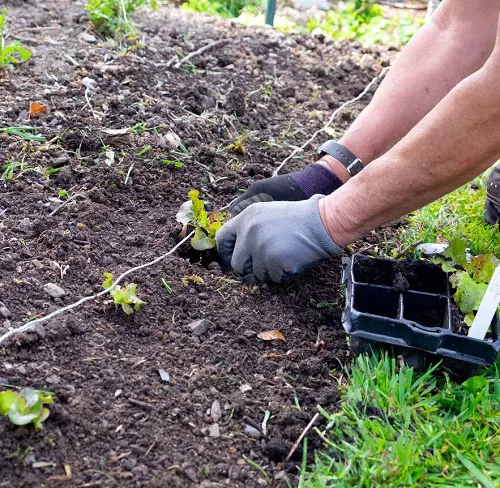
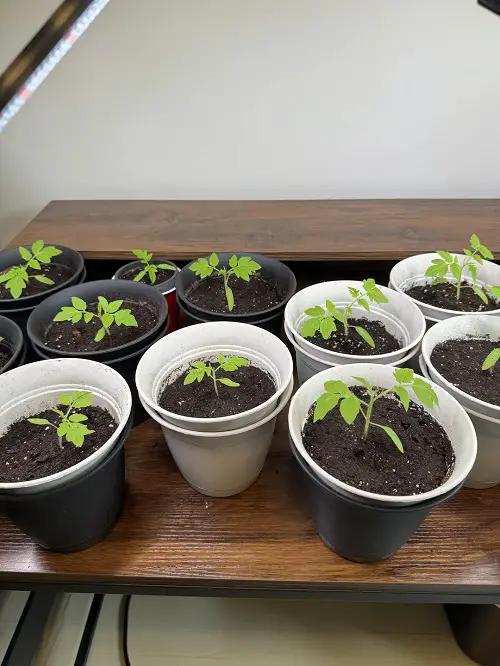
Do these things before transplanting any seedling. Why? Well, it may seem simple, but making mistakes that hurt the survival of young plants is easy.
If done improperly, they suffer from shock, stunted growth, or even die. Don’t worry; we’ll help you make sure that doesn’t happen!
Things to Do Before Transplanting Any Seedling
1. Make Sure the Atmosphere is Right
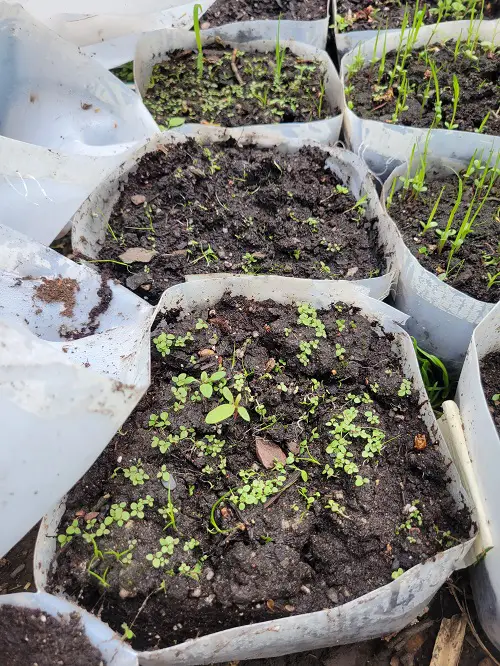
If you transplant seedlings into an outdoor garden, soil and air temperature matter more than you think. Cold or frozen ground hinders root establishment, while hot soil can stress the seedling and stunt its growth. The golden rule? Transplant after the last frost date.
- Warm-season crops (tomatoes, cucumbers, peppers): Wait until soil warms up to at least 60 F (15 C); late spring or early summer is ideal.
- Cool-season crops (lettuce, cabbage, broccoli): Can tolerate lower soil temperatures between 45 F and 60 F (7 C to 15 C) and are best moved in early spring or late fall.
Pro Tip: Use a soil thermometer to check actual soil temperature before transplanting. Weather apps can’t tell you what’s happening underground.
2. Hardening Off
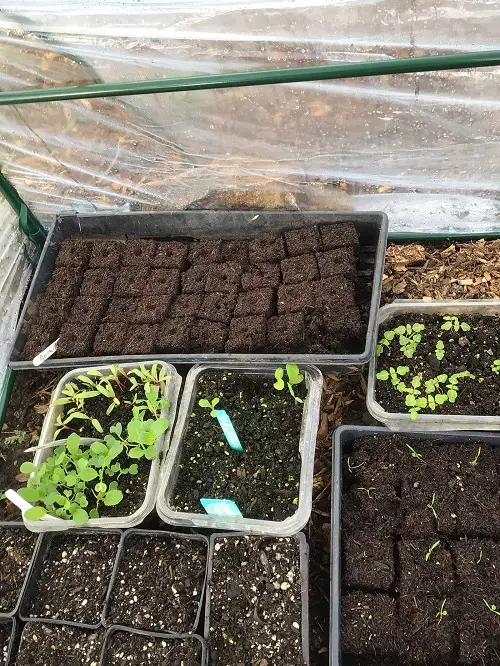
Seedlings are usually grown in controlled, ideal environments. However, when exposed to the real world, these baby plants can suffer from great stress, leaf scorch, temperature fluctuations, and stunted growth due to shock. That’s where hardening comes to the rescue.
Hardening off is the process by which seedlings are gradually conditioned to the real environment before being completely transplanted.
You can do it by gradually exposing them to sunlight first by placing them in a shaded location for a couple of days, then to a place that receives morning sunlight, and finally to the required sunlight exposure.
Pro Tip: Reduce watering slightly during this phase to strengthen the roots and prevent shock from environmental fluctuations.
3. Pinching Off Excess Growth
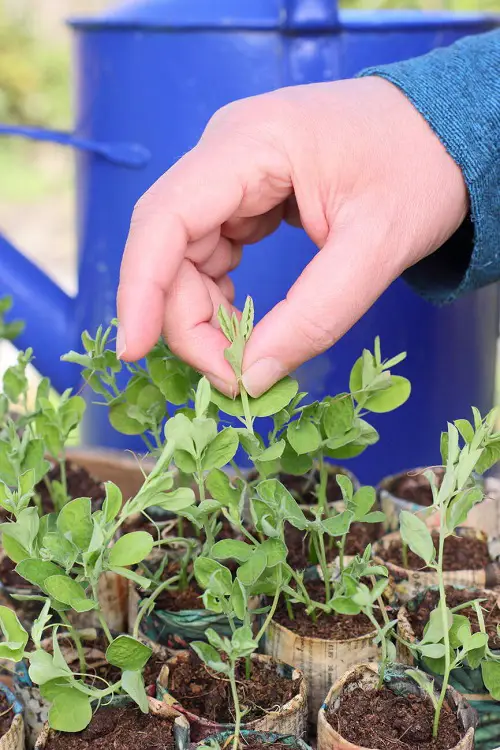
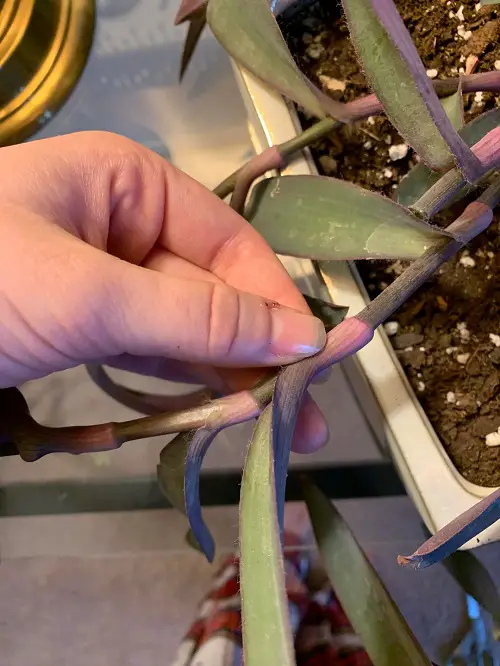
Seedlings grown in ideal conditions can have a lot of foliage or top growth. This is not required for transplanting, as it will only put additional stress on the plant to maintain all of its parts.
So, what is the solution? Snip or pinch off excess leaves, leaving just 2–3 sets of true leaves to allow the plant to focus its energy on root establishment. You can also use scissors or snippers for this purpose!
Note: This technique should not be used on root vegetables (like carrots or radishes) or delicate leafy greens.
4. Prepare the Soil Properly
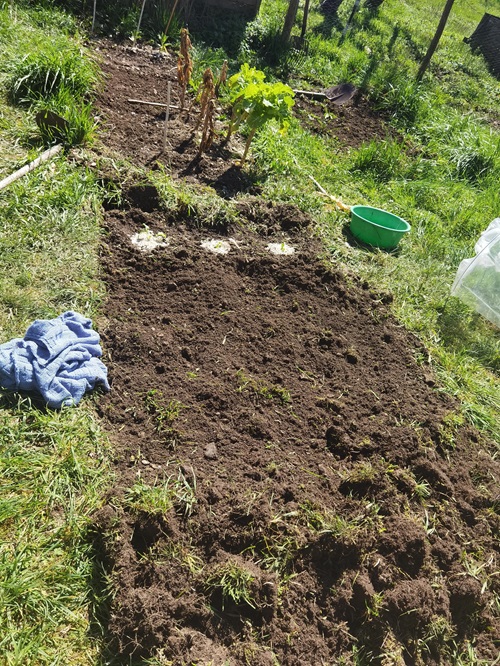
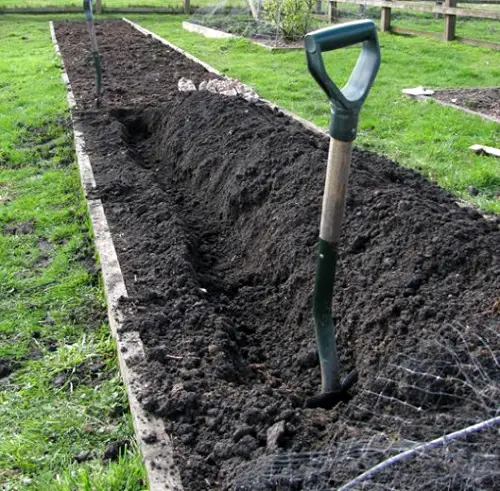
External environmental factors can cause garden soil to become compact and hard. That’s why you must make it suitable again for seedlings.
This is the most important thing to do before transplanting any seedling. A transplant is a relocation, right? So treat it like one. Use this checklist:
- Loosen the soil thoroughly to ensure good root penetration.
- Mix in compost or aged manure to boost nutrients.
- Check pH levels and drainage — different plants have different preferences.
Make sure that the soil type is correct for the plant to be grown. To avoid confusion and maintain uniformity, sectioning off the area for the specific plant type is best.
Pro Tip: Avoid overworking wet soil; this can compact it more. Work it when it’s slightly moist for best results.
5. Match the Planting Depth
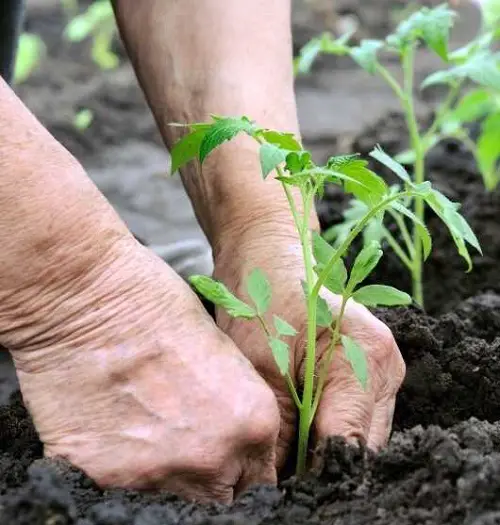
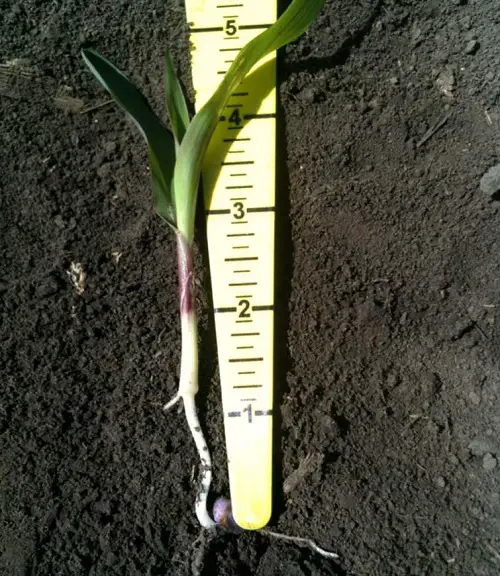
Plants sown at the same or similar depth in the permanent location as their original location, where they were grown into saplings, tend to grow better.
If you sow them too deep, the saplings may have difficulty producing new growth above the soil’s surface. And when sown near the surface, the roots will have difficulty absorbing the required amount of water.
Try to match this depth and follow our guide! However, there are exceptions!
Exception: Tomatoes and peppers benefit from deeper planting. They can grow roots from buried stems, making them sturdier.
6. Pick the Right Time of Day
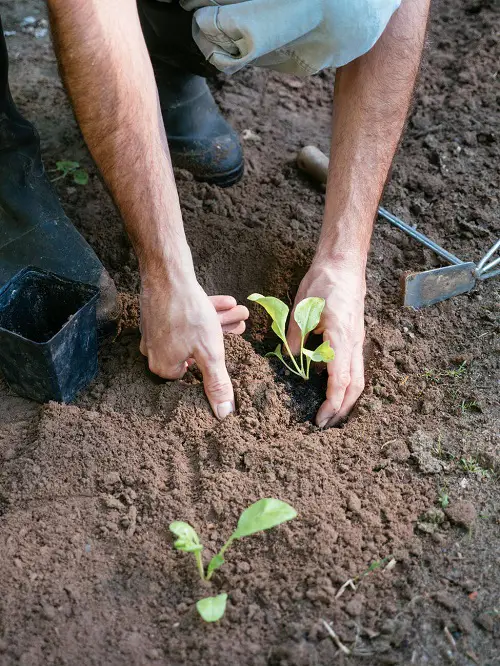
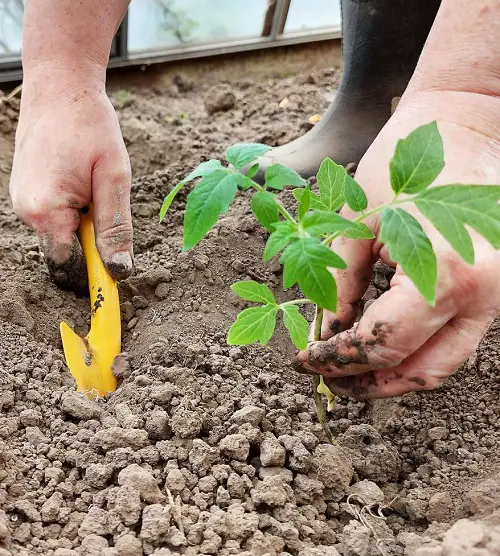
Did you know that the time of day is also important when it comes to transplanting seedlings?
Midday is considered the worst time to commence this process, as the soil is too warm and may lead to temperature shock. Also, transplanting before extreme weather changes, such as heavy rains and heat waves, can kill your plant.
The sweet spot is the late afternoon or early evening, and cloudy, overcast days with mild temperatures. So, transplant during these times!
7. Water Deeply, But Not Too Much
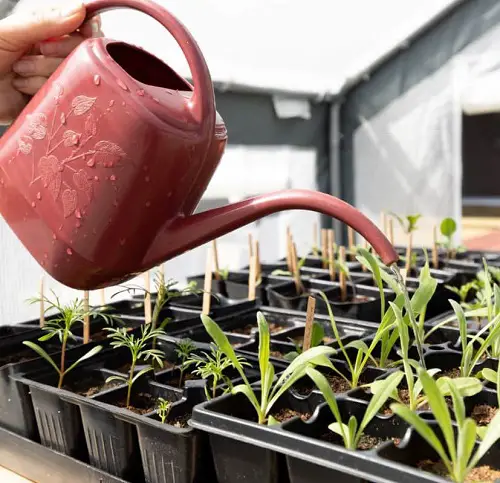
If the soil is too dry during transplant, roots may struggle to absorb moisture, causing wilting or stunted growth. And if it’s too wet, the excess moisture will suffocate the roots and lead to rot.
That’s why watering before transplanting is a delicate balance; you must keep the soil moist but not soggy. A day before transplanting is the best time to give your seedlings a deep, thorough watering. This hydrates the roots without leaving the soil soggy. Here’s how to water seedlings properly and when!
Pro Tip: Right after transplanting, do another thing. Give the soil around the roots another gentle soak to settle the soil and remove air pockets that could harm the roots.
8. Choose Only the Healthiest Seedlings
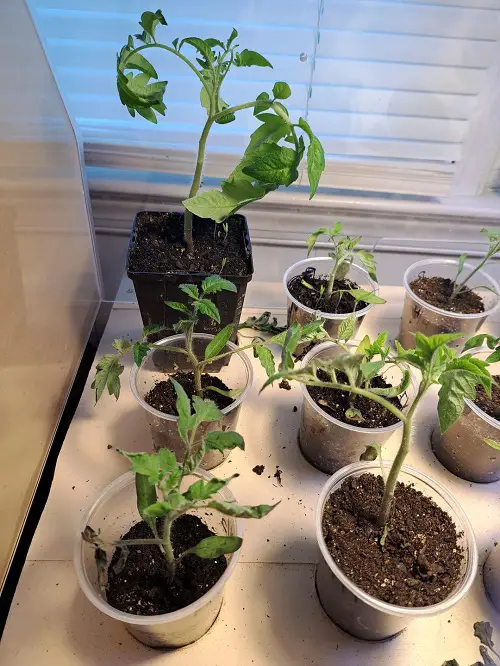
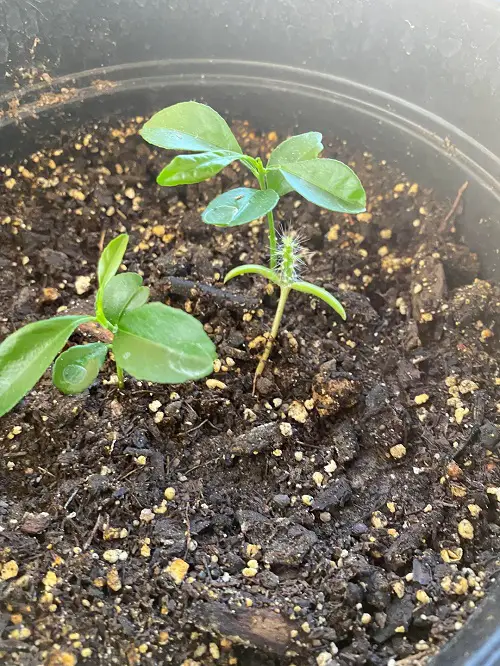
There’s a common saying—survival of the fittest! This is essentially what is to be done with seedlings as well. Before transplanting, choose only the healthiest ones of the batch and proceed with the process.
Remember that a weak, damaged, or unfit seedling rarely grows into a healthy plant despite proper care. So save your time, resources, and heartbreak and choose the cream of the crop.
If you are buying seedlings from a nursery, go for the quality product. Look for dark green leaves, thick and sturdy stems, and of course, no signs of pests or diseases. Don’t feel guilty discarding weaker seedlings. It’s better to focus resources on strong ones that will thrive.
Transplanting isn’t just about moving a plant — it’s about giving it the best possible start in its new home. Always do these things before transplanting any seedling, and they’ll make a major difference in survival rate, plant health, and eventual yield.


